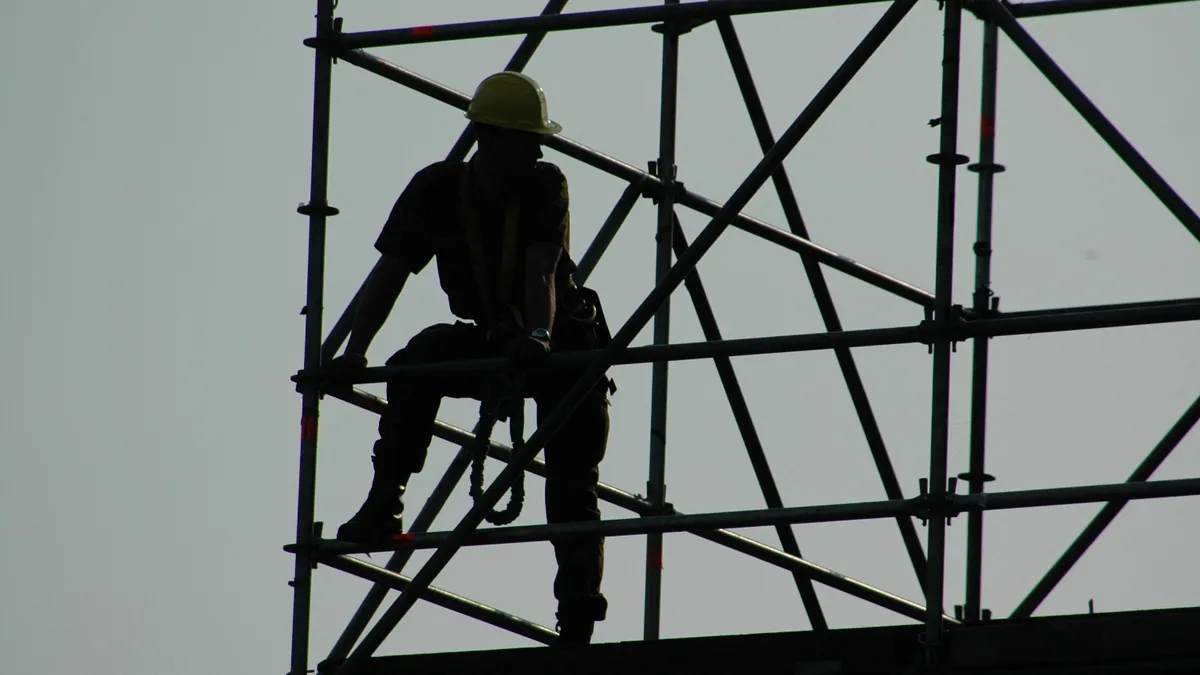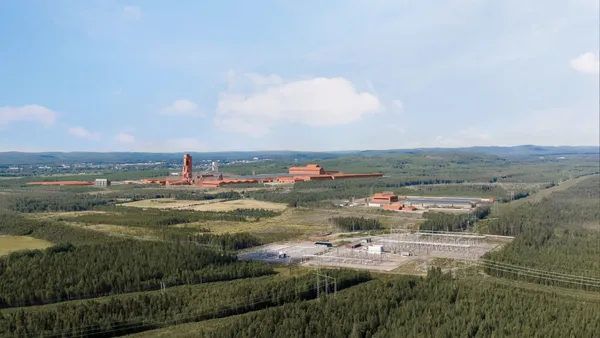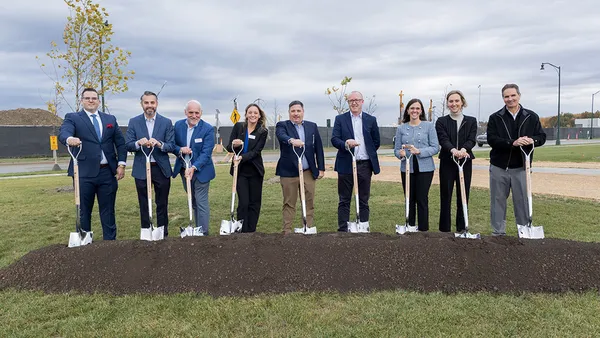Dive Brief:
- New York taxpayers pay upwards of $785 million per year to fund insurance costs for public at-height construction associated with the Scaffold Law, according to a Common Good report.
- The Tappan Zee Bridge project alone is expected to cost approximately $200 million in insurance to cover Scaffold Law claims. The Gateway Project's $13 billion in planned tunnels under the Hudson River could result in $180 to $300 million in added insurance costs.
- In 2012, the Scaffold Law was involved in 16 out of the state's 30 largest settlements, the highest resulting in $15 million. The frequency of cases citing the law has also increased — from 1990-1992, an average of 63 cases per year cited the Scaffold Law, but from 2010-2012 that number increased to 330.
Dive Insight:
The construction industry is full of legalities and red tape that can both protect and hinder people and the companies that employ them.
On a national level, the Environmental Protection Agency’s Lead Renovation, Repair and Painting Rule gained substantial attention when it was introduced in 2008 and later amended in 2010 and 2011. The rule requires those working on pre-1978 childcare facilities, pre-schools and homes to be certified by EPA or the state, use certified renovators and follow lead-safe work practices. The high costs associated with certification and purchasing necessary equipment have presented challenges for many contractors.
Most recently, OSHA's silica rule has been making headlines. Earlier this month, the agency started fully enforcing its provisions after a 90-day delay earlier this year. The agency has offered interim enforcement guidelines to counsel construction companies and regional administrators about its requirements.
Although some contractors adopted the measures earlier than the rule mandated, others have resisted it, saying the costs of meeting the exposure limits is too high and that silicosis cases could be prevented if OSHA enforced its existing rules.
In addition to federal compliance from various agencies, many states and cities have implemented their own sets of requirements. In 2016, California signed into law SB-465 in response to the 2015 balcony collapse that killed six people and seriously injured seven. New York City Mayor Bill de Blasio recently signed Intro 1447 into law in a move to increase construction safety on the job site. The controversial law requires construction workers to undergo at least 40 hours of safety training.













